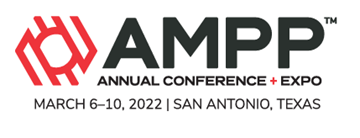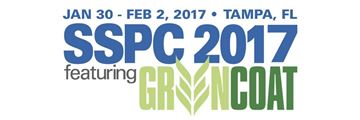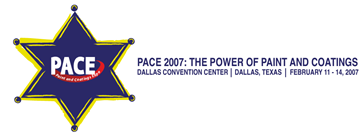Search
Products tagged with 'adhesion'
View as
Sort by
Display
per page
Deposition And Corrosion Mitigation Using Surface Treatments
Product Number:
51321-16729-SG
Publication Date:
2021
$20.00
Effect Of Steel Surface Profile Peak Density On Rust Creepage
Product Number:
51322-17584-SG
Publication Date:
2022
$20.00
Feasibility Evaluation of Rapid Cure Coating for Ship’s Water Ballast Tank
Product Number:
41207-382-SG
Publication Date:
2007
$20.00
Laser Cleaning For Surface Preparation For Pre-Weld And Pre-Bonding Applications
Product Number:
51322-18182-SG
Publication Date:
2022
$20.00
Novel Crosslinking Isocyanate-Free Coatings Technology
Product Number:
51217-065-SG
Publication Date:
2017
$20.00
Painting Water Storage Tanks In-Service: An update
Product Number:
41207-343-SG
Publication Date:
2007
$20.00
Surface And Defect Preparation Using Atmospheric Plasma For Non-Metallic Pipe Repair
Product Number:
51322-18175-SG
Publication Date:
2022
$20.00
Wet Tg: Understanding the Effect of Hot, Distilled Water on the Glass Transition Temperature, Barrier Properties, and Performance of Fusion Bonded Epoxy Coatings
Product Number:
51323-19470-SG
Publication Date:
2023
$20.00








